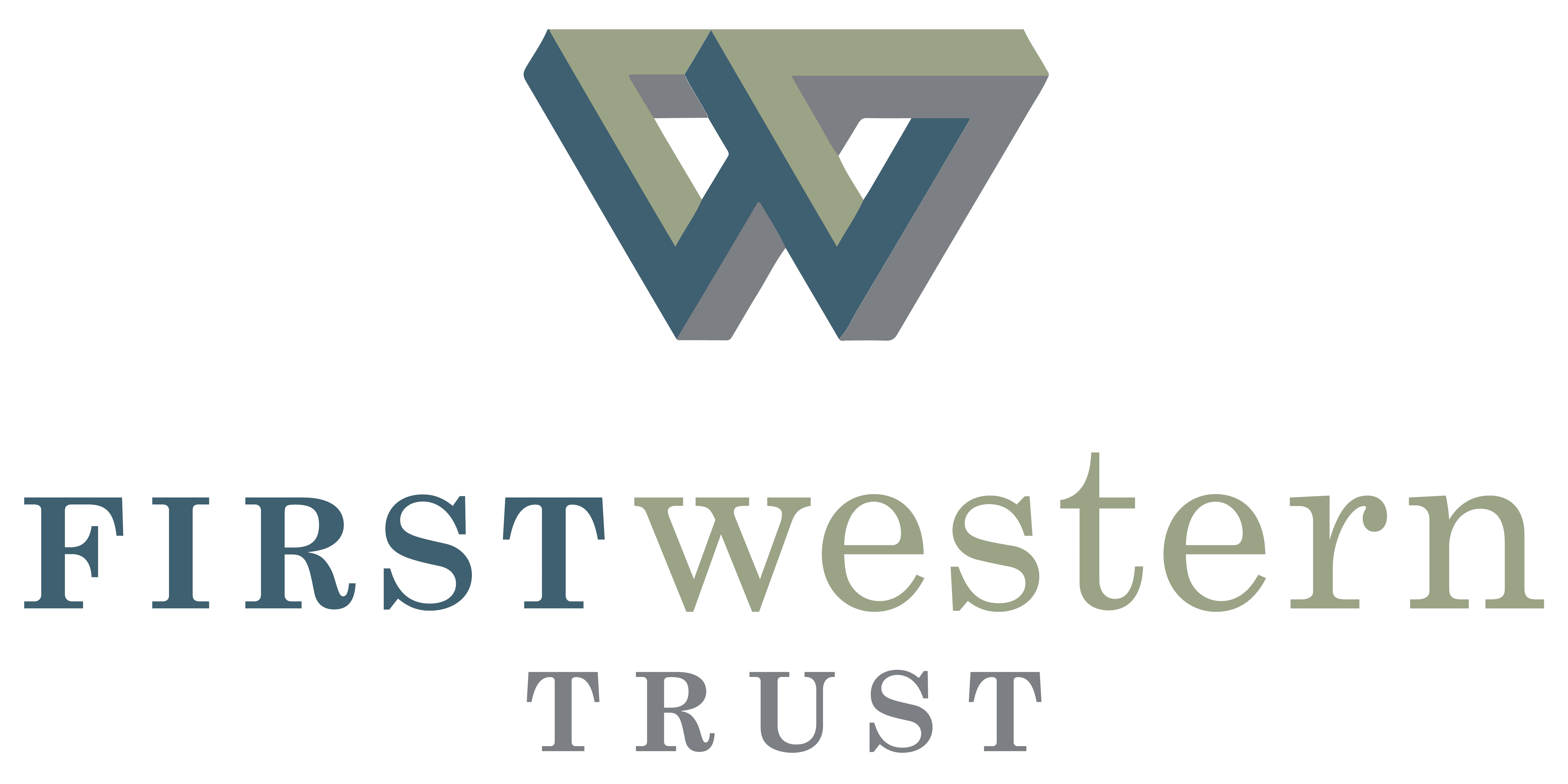
Week in Review: August 27, 2021
August 30, 2021
Recap & Commentary
U.S. equity markets ended the week at new record highs following comments by Federal Reserve Chair Jerome Powell that implied the Fed will proceed carefully when it begins tapering its asset purchases, likely later this year. Full approval of Pfizer’s COVID-19 vaccine by the FDA also contributed to positive market sentiment.
Powell delivered his highly anticipated Jackson Hole speech on Friday. In it, he addressed a number of topics including labor markets, inflation, and the omnipresent question of when the Fed expects to begin tapering its asset purchases. Regarding the labor market, Powell noted that it has “brightened considerably” in recent months and that “the prospects are good for continued progress toward maximum employment.” On the topic of inflation, the Fed chairman acknowledged current levels are “a cause for concern” before reiterating that “these elevated readings are likely to prove temporary.”
Finally, with respect to tapering, Powell suggested it could begin later this year, without providing a firm date. Importantly, he noted that tapering “will not be intended to carry a direct signal regarding the timing of interest rate liftoff, for which we have articulated a different and substantially more stringent test.” In other words, rates may well remain at current levels for an extended period of time following the conclusion of its asset purchase program. Should the August employment report surprise to the upside, the Fed may formally announce its tapering plans as soon as its September meeting. However, a disappointing report might delay an announcement until its November meeting.
Economic Bullet Points
According to industry group IHS Markit, both the manufacturing and services sectors lost steam in August, faced with labor shortages, supply chain delays, and concerns about the Delta variant. On a combined basis, the composite reading fell to its lowest level since December, yet remains in positive territory.
The housing sector appeared to regain some momentum in July with both new and existing home sales exceeding estimates (albeit slightly) and showing improvement from the prior month. Limited inventory continued to exert upward pressure on prices with the median price for new and existing homes both increasing 18%, to $390.5K and $359.9K, respectively.
Headline durable goods orders fell slightly in July, faced with the same headwinds hampering nearly every sector, namely supply chain issues, labor shortages and rising material costs. However, orders are 18% above their pre-pandemic levels, reflecting strong overall demand.
The Fed’s preferred measure of inflation, core personal consumption expenditures (PCE), rose 0.3% in July, inline with expectations but slower than the 0.5% increase recorded in June. Compared to a year ago, core PCE increased 3.6%, the same pace as June. Consistent with CPI data released earlier in the month, the PCE data suggested that inflation may be stabilizing, or perhaps even moderating.
Of Note
Since its March 2020 lows, the tech-heavy NASDAQ has rebounded 120%, thanks in no small part to the gains posted by Apple, Amazon, Facebook, Microsoft, Alphabet, and Tesla, which collectively account for 40% of the index.
| S&P 500 | 1.5% |
| Small Caps | 5.1% |
| Intl. Developed | 1.8% |
| Intl. Emerging | 4.3% |
| Commodities | 5.7% |
| U.S. Bond Market | -0.1% |
| 10-Year Treas. Yield | 1.31% |
| US Dollar | -0.9% |
| WTI Oil ($/bl) | $69 |
| Gold ($/oz) | $1,817 |
The Week Ahead
- August Employment Report
- ISM Manufacturing
- ISM Services
- Pending Home Sales
- Consumer Confidence
- Weekly Jobless Claims
Newsletter Sign Up
Insights
Maximizing Your Stock Options: A Guide to RSUs, ESPPs, and Equity Compensation
As a high-earning individual or executive, a significant portion of your compensation is likely tied to equity—whether through stock options, […]
Learn more

Week in Review: October 18, 2024
Recap & Commentary Markets ended the week modestly higher, with the S&P 500 notching its 6th consecutive weekly gain, the […]
Learn more

Week in Review: October 11, 2024
Recap & Commentary Markets ended the week with the S&P 500 at a new record high while notching its fifth […]
Learn more

Building Financial Resilience: The Role of Commercial Lending in Managing Business Cash Flow
Effective cash flow management is essential for the success of any business to cover operational expenses, navigate seasonal fluctuations, and […]
Learn more

October 2024 Market Commentary
In a scene reminiscent of the start of August, markets stumbled again to begin September, as disappointing manufacturing and labor […]
Learn more










